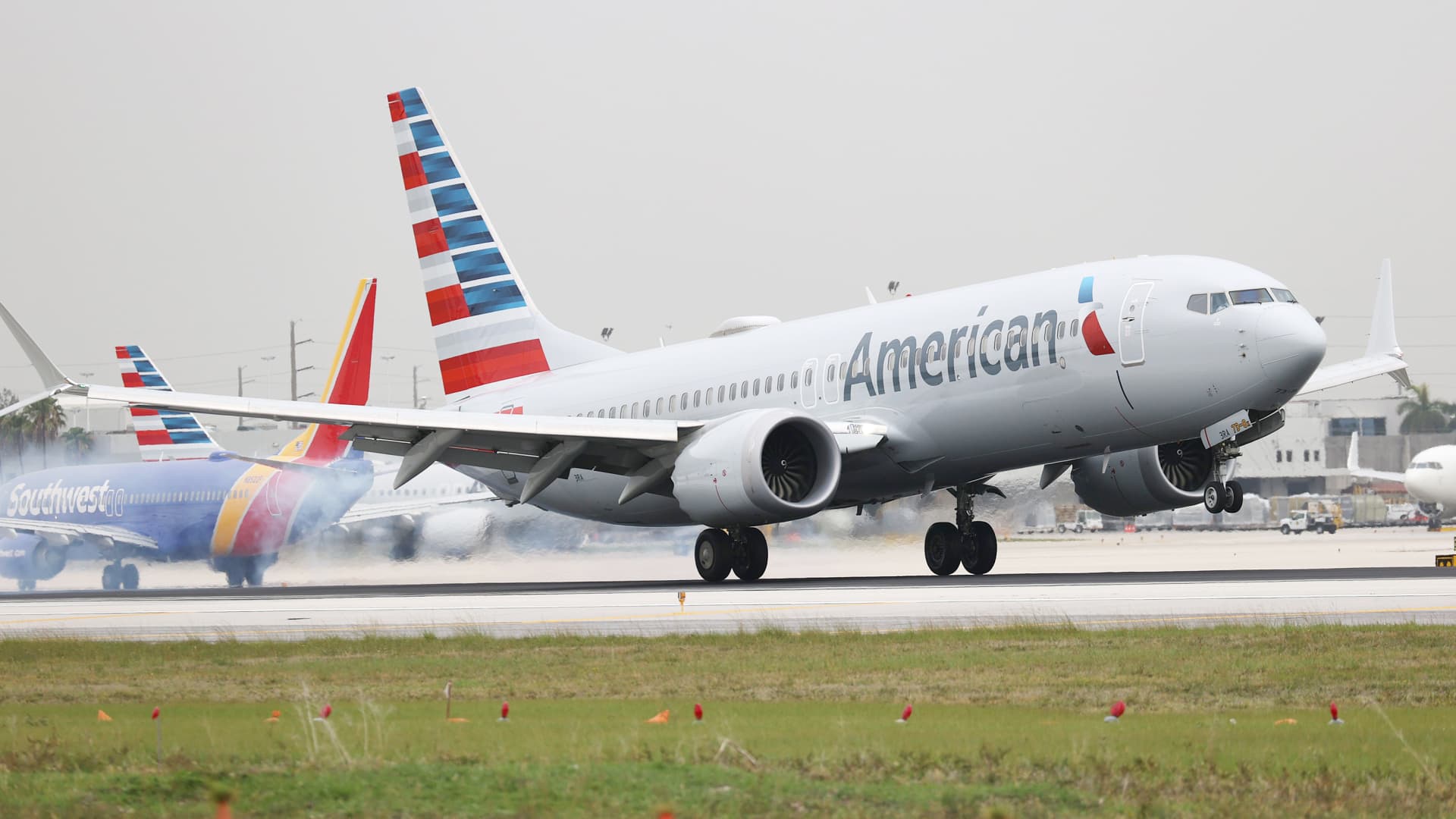
Ever wondered why your flight has a layover in a city that’s not even close to your destination? This is all part of the airline hub strategy. Airlines use hubs to connect passengers from various locations through a central airport, making travel more efficient and cost-effective. Think of it like a giant spider web where the hub is the center, and the spokes are the routes leading to different destinations. This system helps airlines maximize their fleet usage, offer more flight options, and reduce operational costs. Curious about how this impacts your travel experience? Let’s dive into 11 intriguing facts about airline hub strategies that might just change the way you look at your next layover.
Key Takeaways:
- Airline hubs are like central transfer points for passengers, helping airlines save money and offer more destinations with fewer direct flights. It's like a travel superhub!
- Passengers benefit from airline hubs with more flight options, but they might also experience delays due to congestion. It's like a trade-off between convenience and potential waiting time.
What is an Airline Hub?
An airline hub is a central airport that airlines use to transfer passengers to their final destinations. Hubs are crucial for airlines to maximize efficiency and connectivity.
-
Centralized Operations: Airlines use hubs to centralize their operations, making it easier to manage flights and resources. This helps in reducing operational costs.
-
Increased Connectivity: Hubs allow airlines to offer more destinations by connecting flights through a central point. Passengers can travel to multiple destinations with fewer direct flights.
-
Efficient Use of Aircraft: By routing flights through hubs, airlines can use their aircraft more efficiently. Planes can be scheduled to fly multiple routes in a day, maximizing their usage.
Why Do Airlines Use Hub-and-Spoke Models?
The hub-and-spoke model is a system where flights are routed through a central hub. This model is widely used by airlines for several reasons.
-
Cost Savings: The hub-and-spoke model helps airlines save on costs by consolidating flights. This reduces the number of routes needed and lowers operational expenses.
-
Better Load Factors: By funneling passengers through a hub, airlines can fill more seats on each flight. Higher load factors mean more revenue per flight.
-
Simplified Scheduling: Managing flight schedules is easier with a hub-and-spoke system. Airlines can coordinate arrivals and departures more efficiently, reducing delays and improving punctuality.
How Do Hubs Impact Passengers?
Hubs not only benefit airlines but also have significant effects on passengers. Understanding these impacts can help travelers make better decisions.
-
More Flight Options: Passengers have access to a wider range of destinations. Connecting flights through hubs offer more choices for travelers.
-
Potential for Delays: While hubs increase connectivity, they can also lead to delays. Congestion at busy hubs can cause longer layovers and missed connections.
-
Frequent Flyer Benefits: Hubs often serve as bases for airline alliances. Passengers can earn and redeem frequent flyer miles more easily when traveling through hubs.
Examples of Major Airline Hubs
Several airports around the world serve as major hubs for airlines. These hubs are critical for global air travel.
-
Atlanta Hartsfield-Jackson (ATL): The busiest airport in the world, ATL is a major hub for Delta Air Lines. It connects numerous domestic and international flights.
-
Dubai International (DXB): A key hub for Emirates, DXB is a major gateway between Europe, Asia, and Africa. It offers extensive connectivity for international travelers.
The Final Takeaway on Airline Hub Strategies
Airline hub strategies shape how we travel. They determine flight routes, ticket prices, and even the convenience of our journeys. Hubs like Atlanta, Dubai, and Heathrow are critical in connecting passengers worldwide. Airlines use these hubs to maximize efficiency, reduce costs, and offer more flight options. Understanding these strategies helps travelers make smarter choices when booking flights. It’s not just about getting from point A to point B; it’s about the entire experience. Next time you book a flight, consider the hub you’ll be passing through. It might just make your trip smoother and more enjoyable. So, whether you're a frequent flyer or an occasional traveler, knowing a bit about airline hubs can go a long way. Safe travels!
Frequently Asked Questions
Was this page helpful?
Our commitment to delivering trustworthy and engaging content is at the heart of what we do. Each fact on our site is contributed by real users like you, bringing a wealth of diverse insights and information. To ensure the highest standards of accuracy and reliability, our dedicated editors meticulously review each submission. This process guarantees that the facts we share are not only fascinating but also credible. Trust in our commitment to quality and authenticity as you explore and learn with us.


